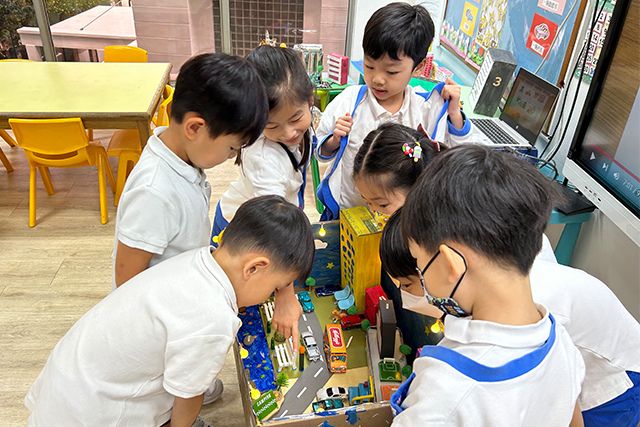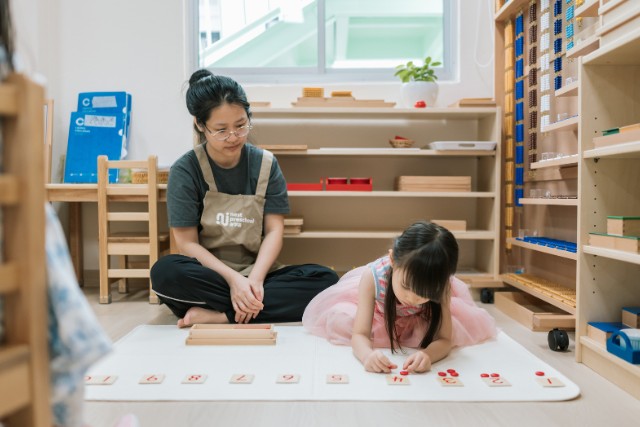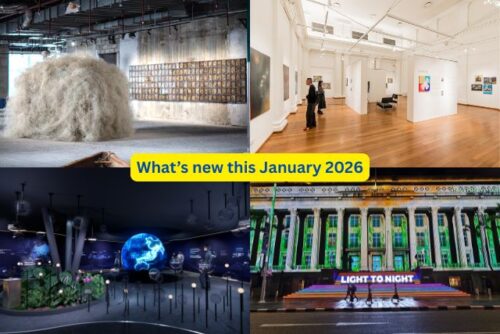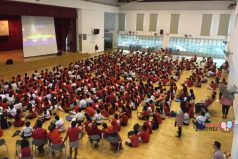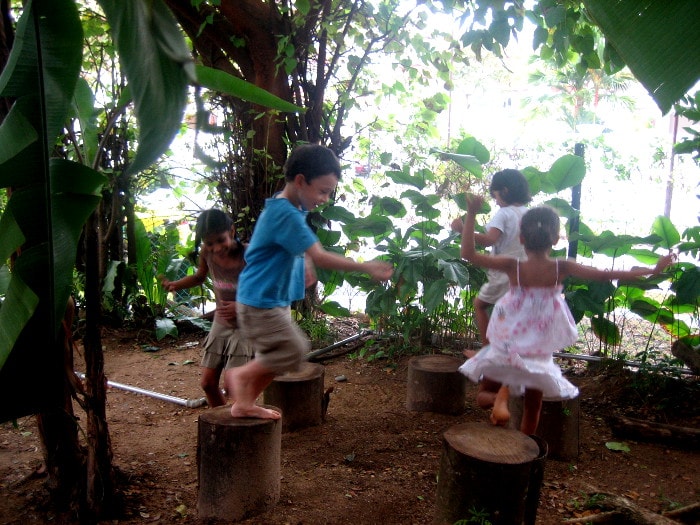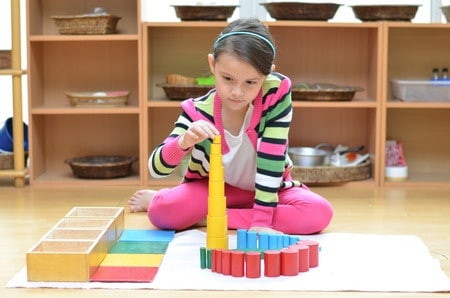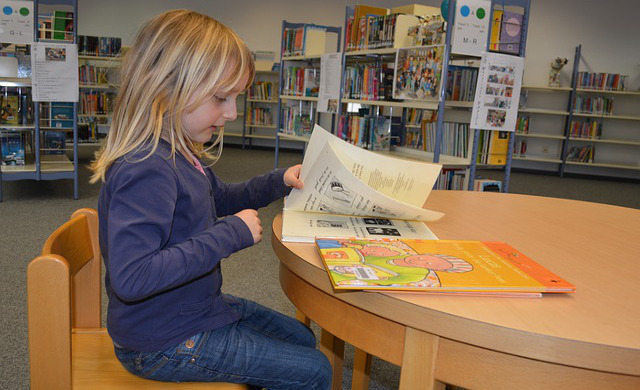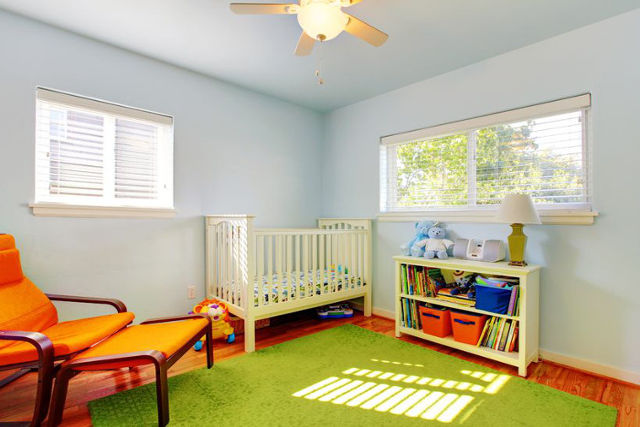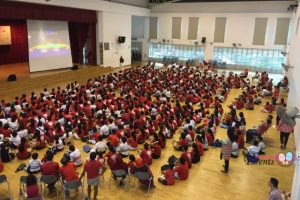Montessori, Reggio Emilia, Waldorf, Multiple Intelligences and HighScope. How many of these names are you familiar with? Rachel Lim and Michelle Ang round up the types of early childhood approaches out there.
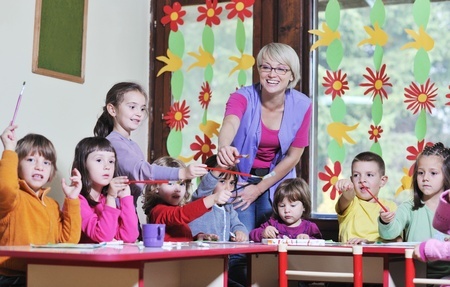
HighScope
HighScope was developed in Michigan, USA, in the 1960s by the Director of Special Services in the Public School District, David Weikart. The HighScope Method draws on the educational teachings of Jean Piaget, John Dewey and Lev Vygotsky.
Key features:
- Comprehensive curriculum content
Content areas are organized in eight main categories: Approaches to learning, social and emotional development, physical development and health, language, literacy, and communication,mathematics, creative arts, science and technology and social studies.
- Active participatory learning
Active learning means students have direct, hands-on experiences with people, objects, events, and ideas. Children’s interests and choices are at the heart of HighScope programs. They construct their own knowledge through interactions with the world and the people around them. In active learning settings, adults expand children’s thinking with diverse materials and nurturing interactions.

- Scaffolding
Vygotsky referred to the zone of proximal development as the area between what children can accomplish on their own and what they can do with the help of an adult or another child who is more developmentally advanced. HighScope teachers carefully observe children so they know when and how to enter this zone.
When HighScope says adults support and extend children’s learning, it means that the adults first validate, or support, what children already know, and then, when the time is right, gently encourage them to extend their thinking to the next level.
- Plan-do-review time
This includes a 10–15-minute small-group time during which children plan what they want to do during work time (the area to visit, materials to use, and friends to play with); a 45–60-minute work time for carrying out their plans; and another 10–15-minute small-group time for reviewing and recalling with an adult and other children what they’ve done and learned.
In between “do” and “review,” children clean up by putting away their materials or storing unfinished projects. Children are very active and purposeful during “do” time because they are pursuing activities that interest them. They may follow their initial plans, but often, as they become engaged, their plans shift or may even change completely.
Preschools with HighScope-inspired approaches:
British Council’s English Enrichment Courses is open for booking, find out more here!
* * * * *
Running a service or business targeted for parents? Reach out to a wider audience in our Best Enrichment Classes compilation. Leave your contact details here and we will get in touch with you.
Like what you see here? Get parenting tips and stories straight to your inbox! Join our mailing list here.








